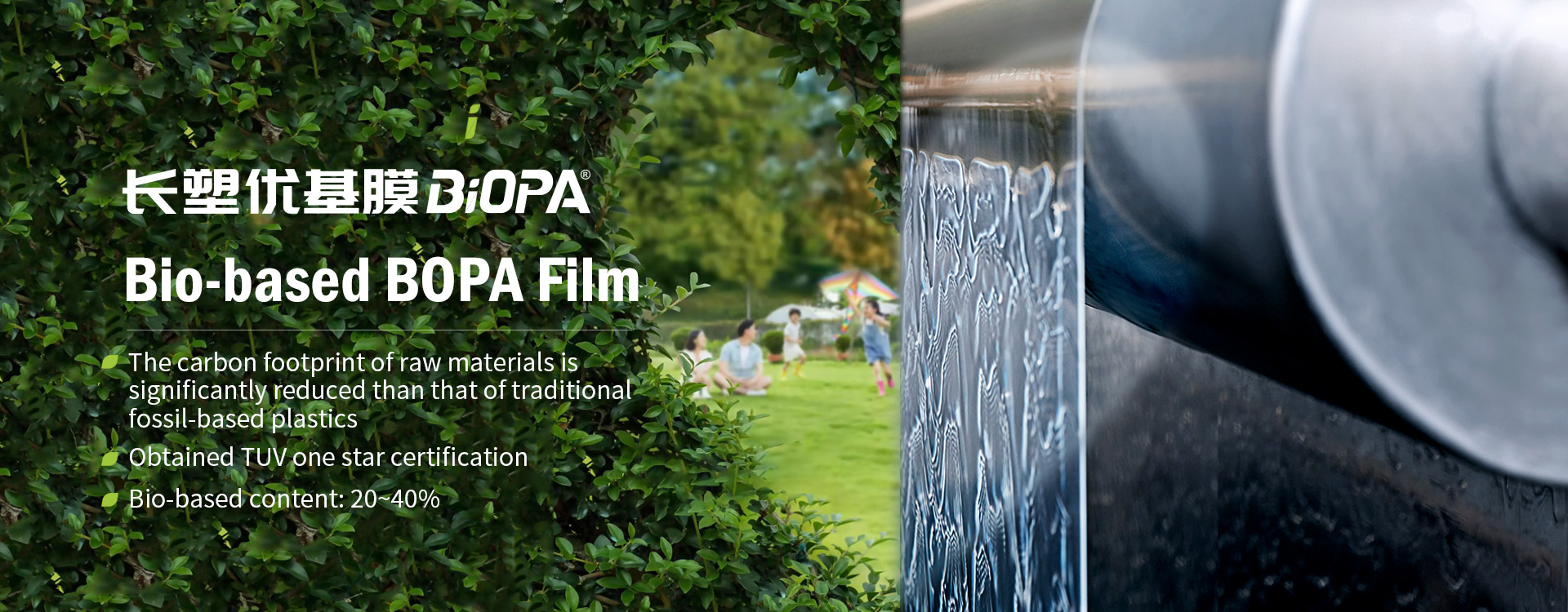
In 1939, four years after the invention of nylon by Wallace Carothers, nylon was applied to silk stockings for the first time as a new material, which was sought after by countless young men and women and became popular in the world.
This is a landmark event when the modern polymer chemistry industry began to flourish. From silk stockings to clothing, to daily necessities, packaging, home appliances, automobiles, aerospace... Nylon has profoundly affected and changed human life.
Today, the world is undergoing profound changes unseen in a century. Russia-Ukraine conflict, energy crisis, climate warming, environmental degradation... In this context, bio-based materials have stepped into the historical wind.
* Bio-based materials ushered in a prosperous development
Compared with traditional petroleum-based materials, bio-based materials are derived from sugarcane, corn, straw, grains, etc., which have the advantages of renewable raw materials and significantly reduced carbon emissions. They can not only help human beings reduce their dependence on petroleum resources, but also play an important role in alleviating the global energy crisis.
Significant environmental benefits mean significant economic value. The OECD predicts that by 2030, 25% of organic chemicals and 20% of fossil fuels will be replaced by bio-based chemicals, and the bio-economic value based on renewable resources will reach up to one trillion dollars. Bio-based materials have become one of the hottest trends in global industrial investment and technological innovation.
In China, following the "double carbon" strategic goal, the "Three-year Action Plan for Accelerating the Innovation and Development of Non-grain Bio-based Materials" issued by six ministries and commissions at the beginning of the year will also further promote the development and improvement of the bio-based materials industry. It can be predicted that domestic bio-based materials will also usher in full development.
* Bio-based nylon material becomes the development sample of bio-based materia
Benefiting from the attention of the national strategic level, as well as the multiple advantages of raw material cost, market scale, and complete industrial system support, China has initially established a pattern of industrialization of polylactic acid and polyamide, and rapid development of a variety of bio-based materials.
According to the data, in 2021, China's production capacity of bio-based materials will reach 11 million tons (excluding biofuels), accounting for about 31% of the world's total, with an output of 7 million tons and an output value of more than 150 billion yuan.
Among them, the performance of bio-nylon materials is particularly outstanding. Under the background of national "double carbon", a number of domestic leading enterprises have taken the lead in the layout of bio-nylon field, and have made breakthroughs in technical research and capacity scale.
For example, in the field of packaging, domestic suppliers have developed biaxial stretching polyamide film (bio-base content 20%~40%), and passed the TUV one-star certification, becoming one of the few enterprises in the world with this technology.
In addition, China is one of the major sugar cane and corn producers in the world. It is not difficult to find that from the supply of plant raw materials to the bio-based nylon polymerization technology to the bio-based nylon film stretching technology, China has quietly formed a bio-based nylon industrial chain with world competitiveness.
Some experts said that with the continuous release of the production capacity of bio-based nylon industry, its popularization and application is only a matter of time. It can be asserted that those enterprises that start the layout and R&D investment of the bio-based nylon industry in advance will take the lead in the new round of global industrial transformation and competition, and the bio-based materials represented by the bio-based nylon materials will also rise to a new level, with a gradual increase in product types and industrial scale, and gradually move from scientific research and development to comprehensive industrial scale application.

Post time: Mar-02-2023

